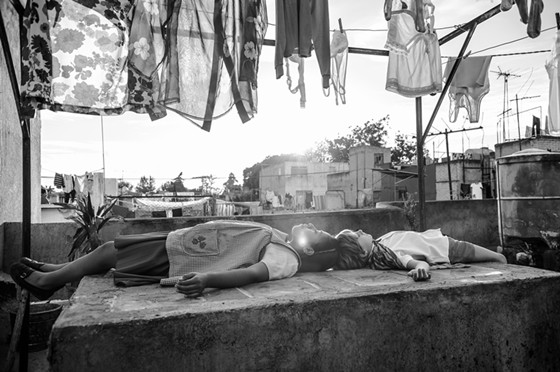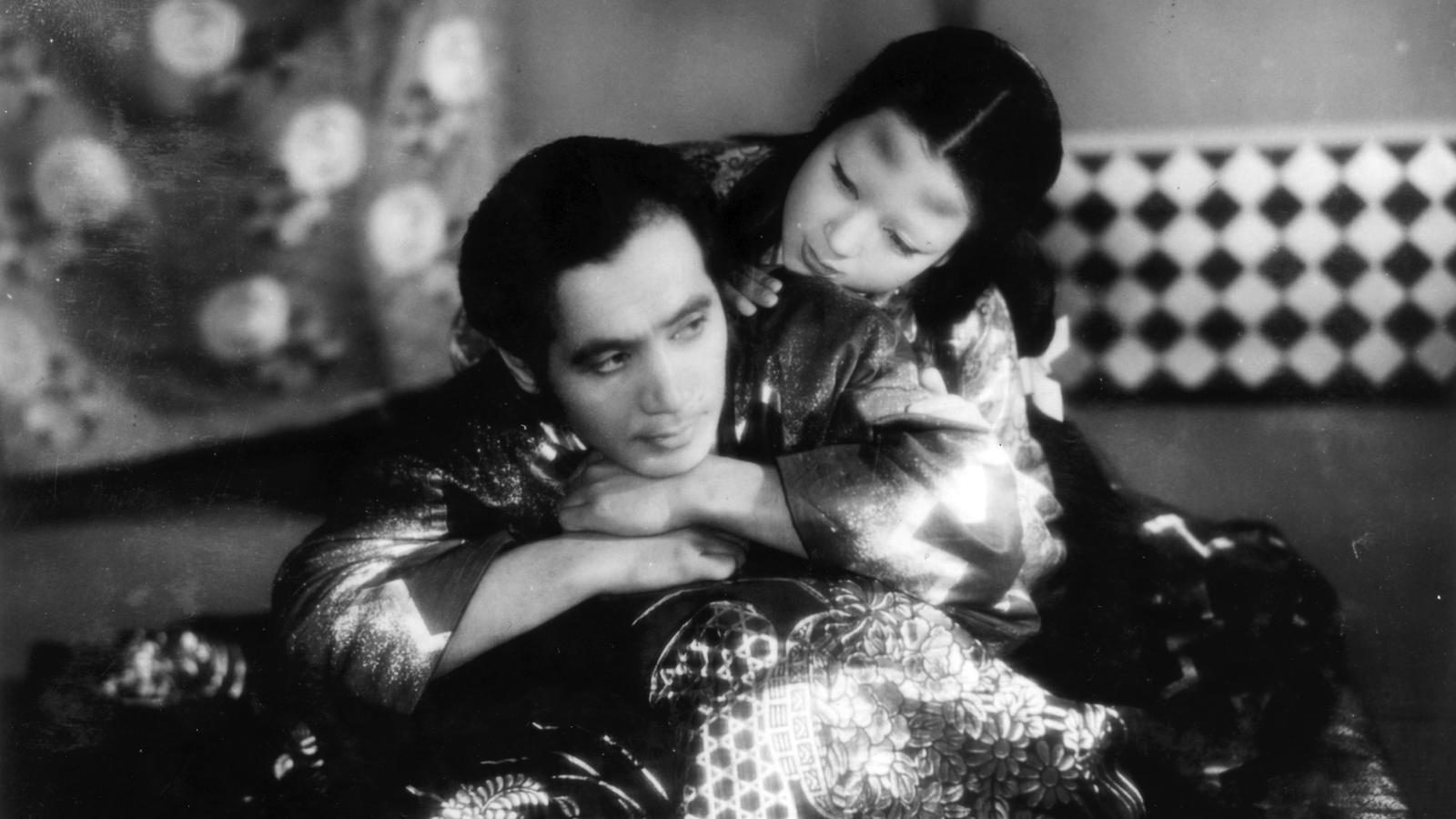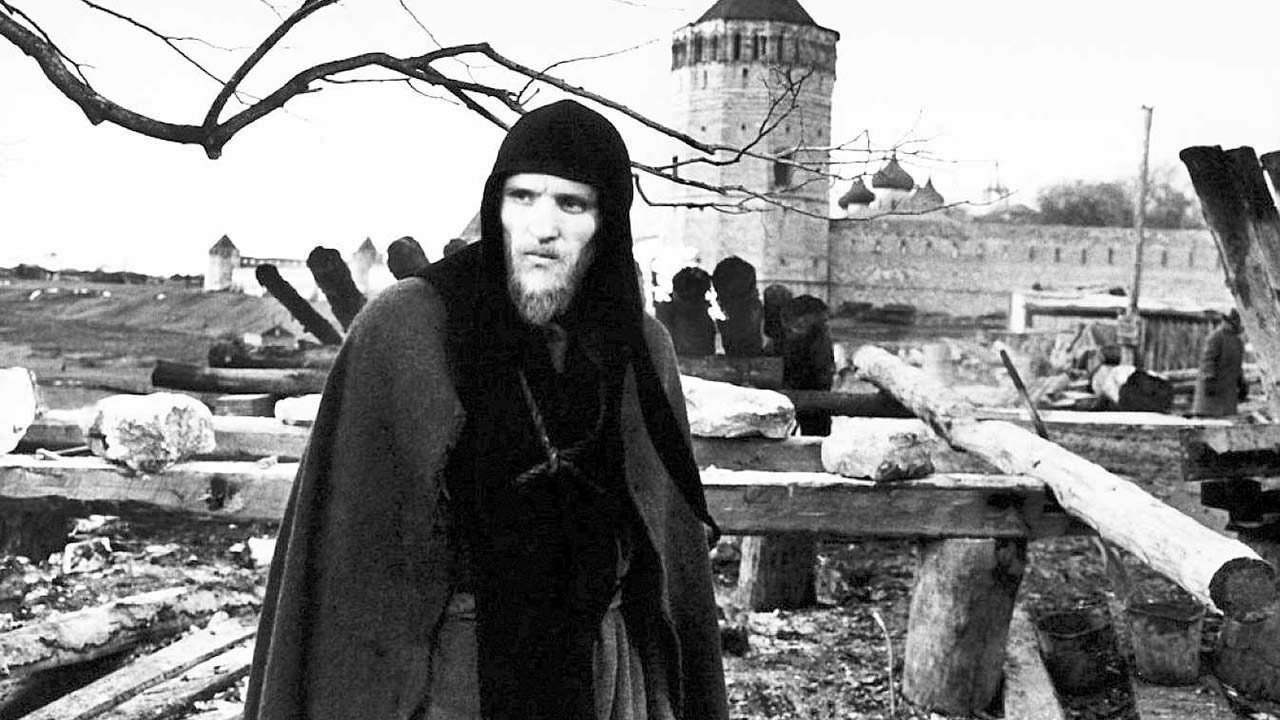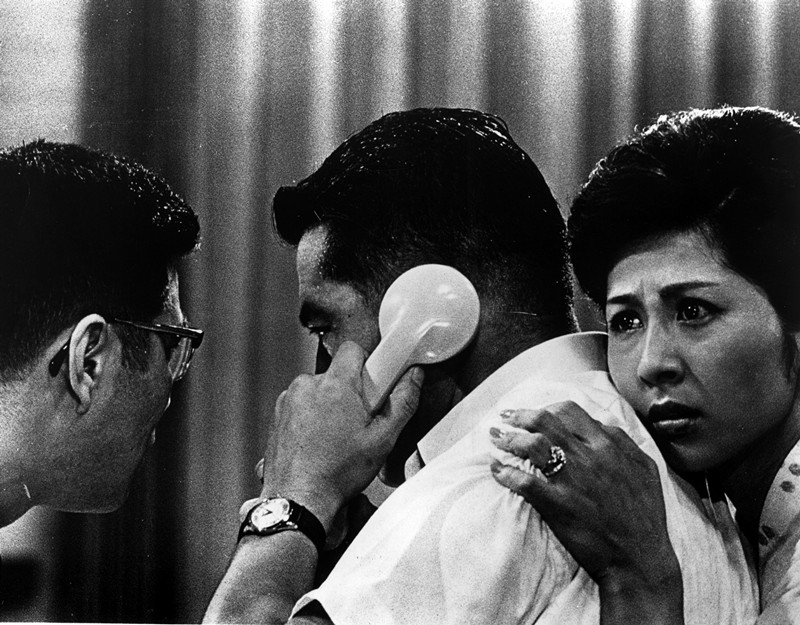6. Nashville (1975)

Another movie whose power lies in its sense of world-building authenticity, Altman’s masterpiece is what you show extraterrestrials to teach them about America. Each character, from anxiety ridden local superstar Barbara Jean, to unfulfilled housewife/gospel singer Linnea Reese, is vividly drawn and expertly portrayed, creating one of the great movie communities.
It is pure joy to watch this cast react with one another in addition to listening to the great music the actors wrote themselves. It’s hard not to get love sick when listening to “I’m Easy” or get heart swollen with “It don’t worry me” at the very end. Yet it’s just as easy to feel melancholy when “Nashville” ends because we want to stay with these characters just a little longer.
7. Roma (2018)

Though it was only released this year, Alfonso Cuaron’s seminal tribute to his childhood has earned its place in the upper echelon of cinema history. Creating a multidimensional look at 1970 Mexico City, “Roma” use its cinematography to explore racial, gender, class dynamics, sometimes all within the same shot.
From an intimate scene involving full-frontal nudity and samurai swords, to a day of crib shopping that gets progressively more horrible, “Roma” has iconic stamped all over it. Yet the movie does not drown in nostalgic reverence, its direction and script capturing the all-consuming struggle of women picking up after men’s selfishness and how class-defining barriers subtly manifest themselves in everyday life. “Roma” is harrowing, organic and wonderful and is one of the best and most important movies of the 2010s.
8. Ugetsu (1985)

Another movie that uses its time and space to exploring the complexities of gender dynamics, “Ugetsu” is a heart-wrenching fantasy that reinforces how much work we need to put into love.
The story of two day-dreaming men and their self-sacrificing wives, “Ugetsu” creates a perfect balance between the mystical and brutally realistic. Genjuro falls in love with the ghost Lady Wakasa because he wishes to escape his impoverished reality and in turn his responsibility to his wife and son. It takes hard work for Genjuro and Tobei to avail themselves of their fantasy though not without the cost of their wives’ dignity and health.
Kenji Mizoguchi is the King of Tears in his borderline sadistic treatment of his audience’s emotions. Yet this is because the characters in “Ugetsu” are so fully-realized and human that, like “Nashville”, we start to view them as part of our own family.
“Ugetsu” reifies the necessity of self-sacrifice wherein we have to balance our dreams with our responsibilities. Falling in love with a ghost may seem like a viable alternative to a chaotic medieval Japan. Yet the love of friends and family is worth enduring all the harshness that humanity and nature give.
9. Andrei Rublev (1966)

The saga of painter Andrei Rublev shows how hard it is to be a good person. When one is surrounded by suffering and primal evil, it is incredibly easy to give in to despair, bitterness and corruption.
Many in “Andrei Rublev” do and despite witnessing mass-murder and pillaging, the eponymous painter still adheres to goodness. Plus it’s “Andrei Rublev”…this is the movie that invented the word “soul.”
From the opening scene with the peasants clowning about to the group of naked pagans congregating near a river, “Andrei Rublev” combines intense spirituality with gorgeous filmic images. It also has the best final shot of any movie; just some horses grazing in the rain. But damn it if it doesn’t make you swell.
10. High and Low (1963)

Is it better than “Seven Samurai”, “Ikiru” and “Ran?” Maybe, but no matter where “High and Low” sits on the pantheon of Kurosawa classics, it is impossible to deny its emotive and thrilling power.
“High and Low” is as entertaining as it gets, going from a moral drama about a businessman weighing whether he should give up everything he has for the son of his driver, to a meticulous police procedural that leaves room for some social commentary on Japanese society. There is much to love about “High and Low”, yet it is the character of Kingo Gondo that is its greatest achievement.
Like “Andrei Rublev,” Gondo struggles to be good, especially in the face of complete financial annihilation. Yet he chooses goodness, giving away his saved-up money for the life of child and having to start all again.
A scene that is not mentioned as much as it should be is when the police return to Gondo sometime after delivering the ransom. We see Gondo mowing his lawn with a strained look on his face, grinding and building to a new life. That scene alone is nourishment for the soul, and “High and Low” just keeps on giving. Gondo is one of the all time greatest movie characters and his arc for personal and moral fulfillment will be forever inspiring to moviegoers.